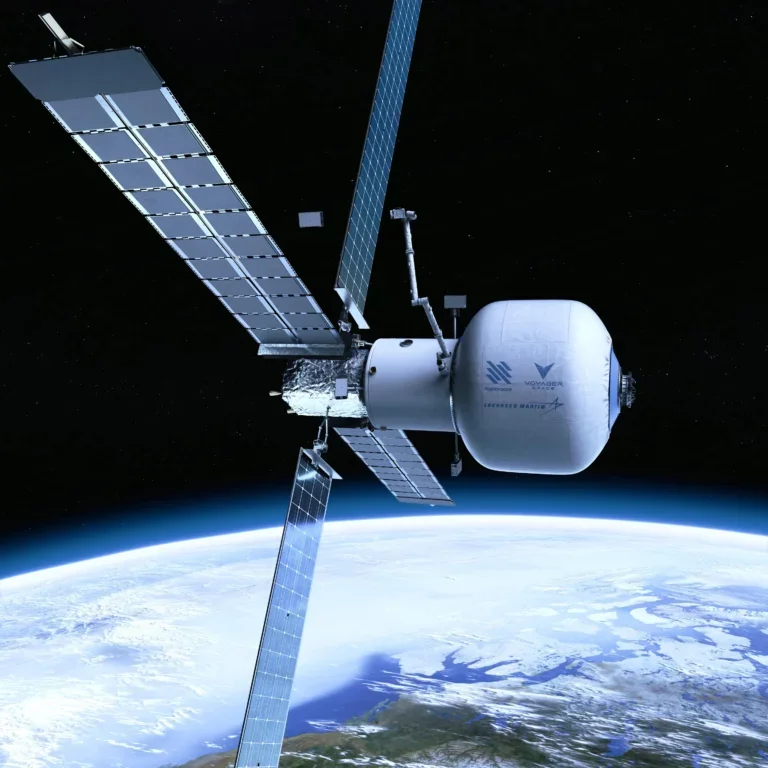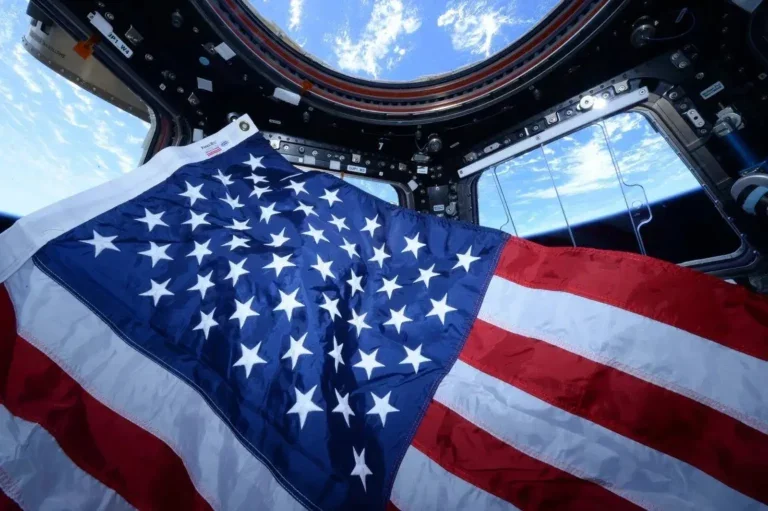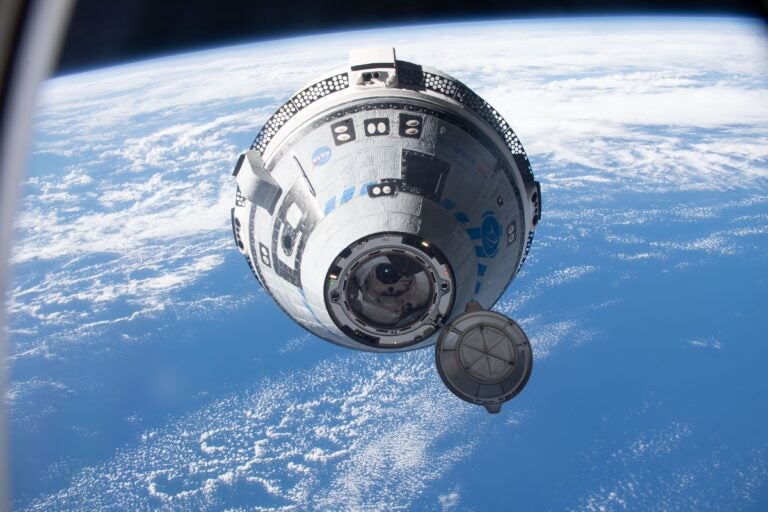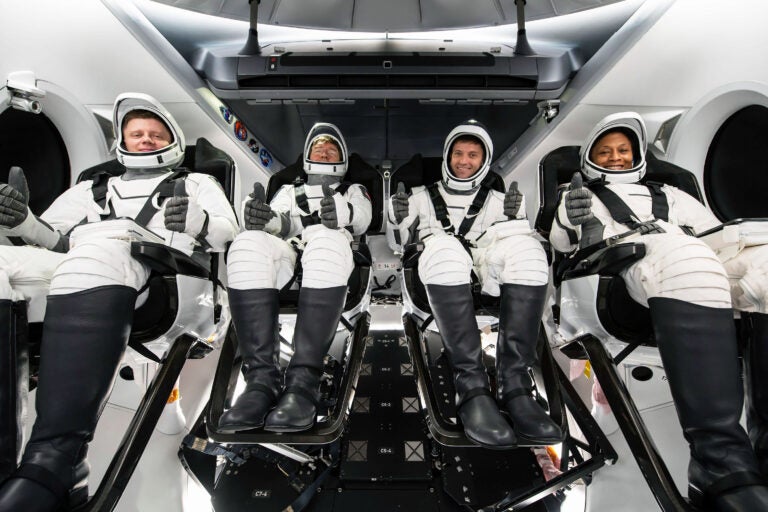NASA engineers say they understand the problem with the Hubble Space Telescope’s Advanced Camera for Surveys (ACS) well enough to restore operations July 2. Today, engineers switched ACS over to its backup electronics following a problem with the camera’s primary power system that shut it down June 19.
“This turns out to be our best and safest step,” says Ed Ruitberg, deputy associate director of the Astrophysics Division at NASA’s Goddard Space Flight Center in Greenbelt, Maryland.
The spare electronics have never before been used in orbit. Engineers couldn’t risk turning off the primary, or “A side,” electronics to test the instrument’s backup power (“B side”) because there’s a chance the primary system won’t restart. But, Ruitberg says, “We accumulated 1,000 hours of operations time on the redundant electronics before launch.” Engineers switched between the primary and backup systems as part of testing on the ground. “So, anything we do today we can easily reverse,” he adds.
On June 19, flight software shut down ACS after voltage readings from one of the instrument’s detectors fell outside the accepted range. Other instruments aboard the orbiting observatory continued to collect data.
In any given week, astronomers plan more than a dozen observations with ACS, so the shut-down deferred a week’s worth of science, says Goddard’s Dave Leckrone, Hubble senior project scientist. The problem had the biggest impact on follow-up studies of the Hubble Ultra Deep Field Leckrone says these and other lost observations will be rescheduled once ACS returns to service.
The power problem is not specifically related to the ailing telescope’s need for new batteries and gyroscopes, equipment astronauts will replace if the shuttle again flies to Hubble. “Over the life of the mission, we’ve experienced problems all along the way,” Ruitberg says. “We’ve prepared for this type of event. It’s a bump in the road.”
In fact, the ACS shutdown — and the need to recalibrate the instrument following its return to service — provides scientists with an illustration “that even the darkest cloud has something of a silver lining,” Leckrone notes.
Scientists had wanted to operate one of the ACS detectors at a colder temperature to reduce noise and improve the quality of its measurements, but decided against it because of the effort needed to recalibrate the instrument. “Since we’re now going to have to recalibrate anyway, we’re going to take advantage of this opportunity to drop the temperature on the Wide Field Camera,” Leckrone explains. “It will actually produce more accurate quantitative data than it did before.”
A similar problem arose in 2001, when Hubble’s Space Telescope Imaging Spectrograph (STIS) shut down following a failure of its primary electronics. After engineers switched STIS to its backup power, the instrument operated until August 2004, when the backup side also failed.
Shuttle astronauts installed the $86 million, 16.5-megapixel ACS on Hubble in March 2002. Like STIS, ACS was designed to operate for 5 years.
“I’m hoping it has a good, long lifetime on Side B,” Leckrone says.










